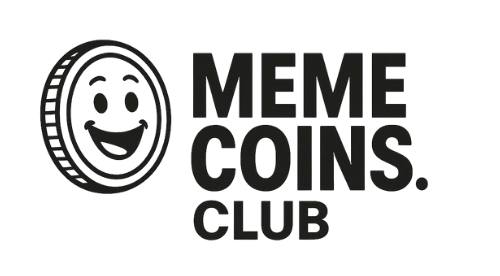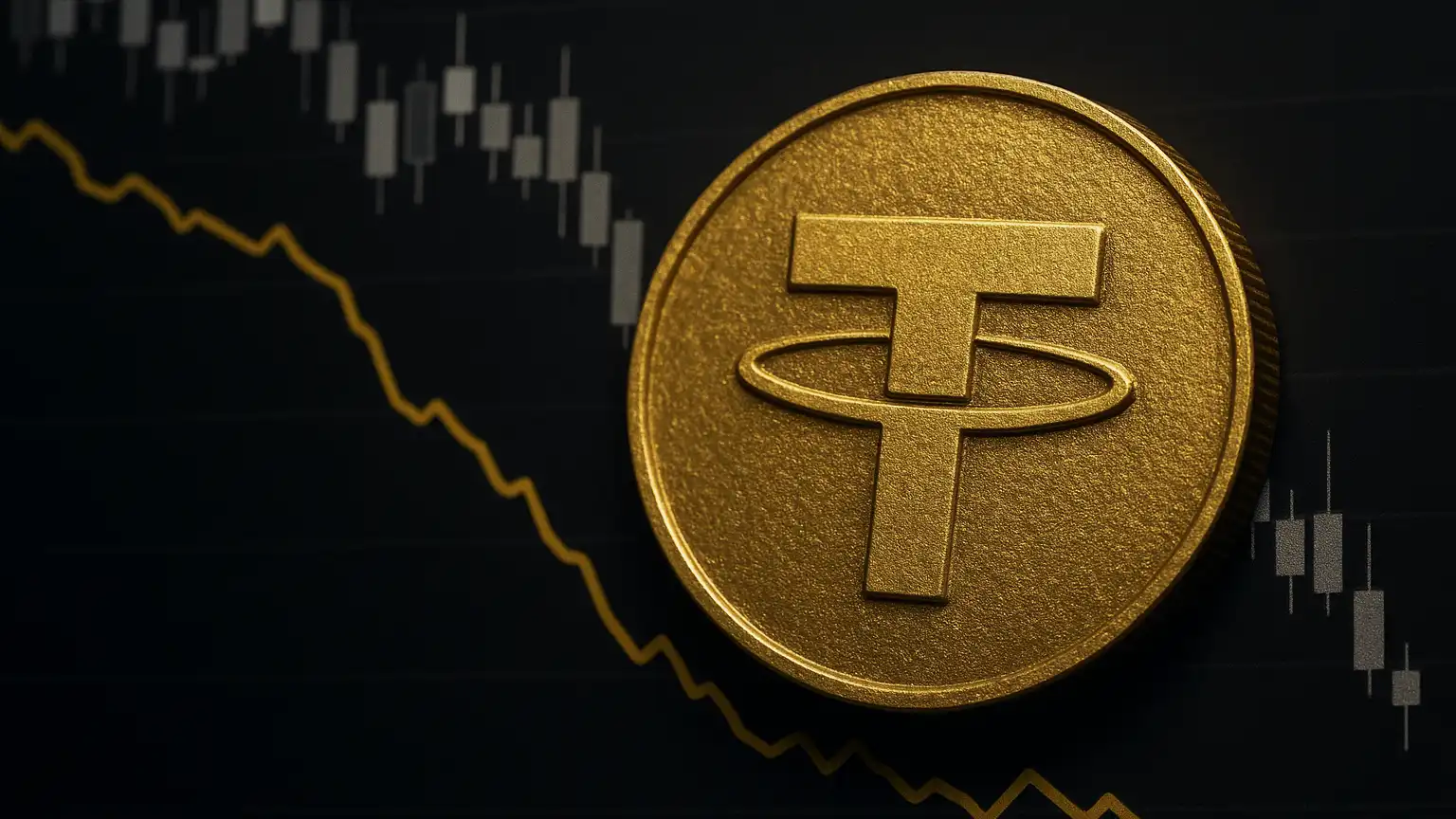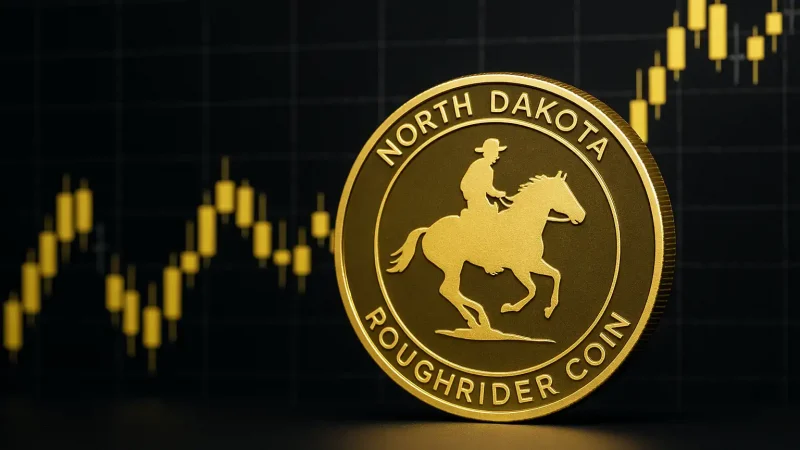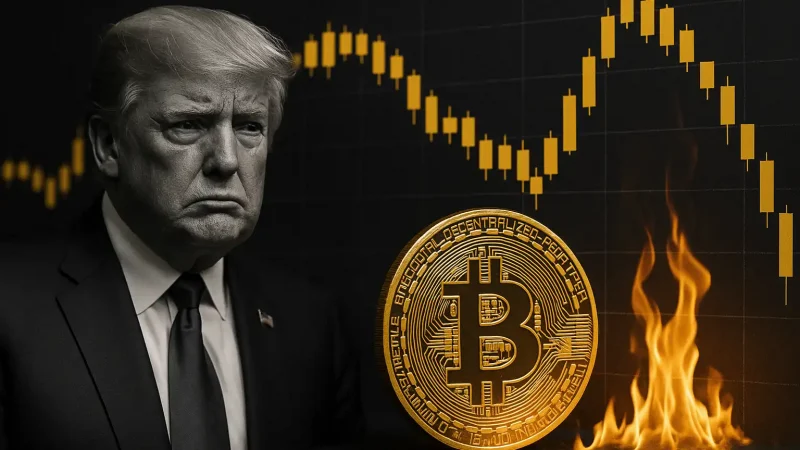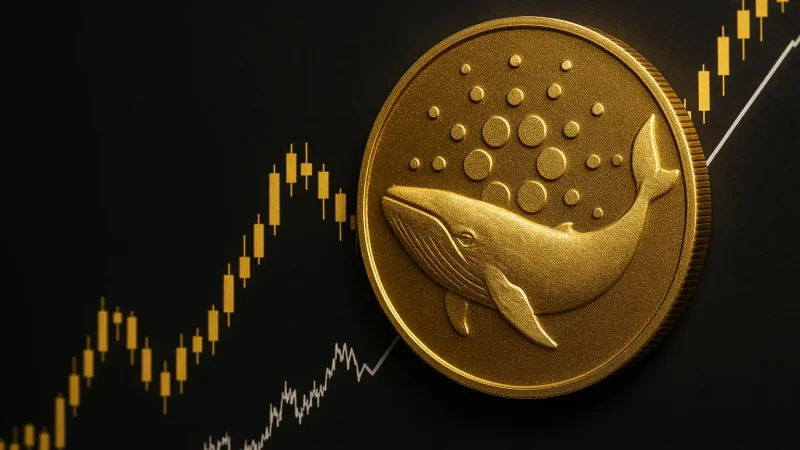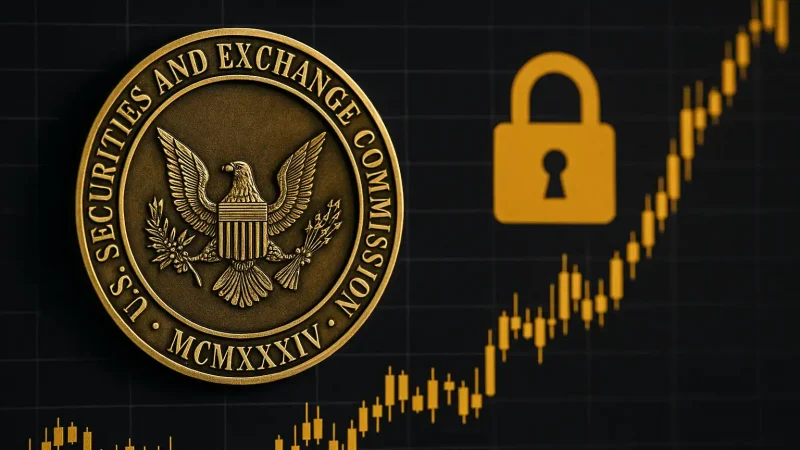For a company that underpins over $100 billion in daily crypto trades, a single word from a credit rating agency has sent shockwaves through markets: “weak.” That was the verdict S&P Global delivered in a stunning update on November 26, assigning Tether’s USDT a stability score of 5—the lowest on the scale. It’s a sobering affirmation of long-held concerns, and one that could rewrite the rules for stablecoins worldwide.
S&P Slaps USDT with a Damning Score
The financial world took notice when S&P Global Ratings published its first stability assessment for stablecoins, giving Tether’s USDT a “5 – Weak” grade. The rationale? A reserve composition heavy with volatile assets and a pronounced lack of transparency.
According to author and blockchain analyst Shanaka Anslem Perera, the ratings cut boils down to a single, disturbing imbalance: Bitcoin makes up 5.6% of USDT reserves, whereas Tether’s designated safety buffer is a mere 3.9%. As Perera put it, “The volatile asset exceeds the cushion meant to absorb its fall.” In effect, a sharp correction in Bitcoin’s price could push the world’s largest stablecoin into undercollateralized territory.
That’s not paranoia—it’s math. And it should concern anyone depending on USDT for trading, remittances, or as a dollar proxy in unstable economies.
Regulatory Echoes: A Decade of Doubts Comes Knocking
The S&P’s assessment didn’t arrive in a vacuum. US regulators and skeptics have questioned Tether’s backing and disclosures for years—this latest rating simply formalizes what many feared.
Previous investigations have laid the groundwork for this reckoning. The New York Attorney General’s office revealed that USDT was fully backed on just 27.6% of days during a multi-year probe. Meanwhile, the CFTC fined Tether $41 million in 2021 for falsely suggesting full fiat backing while holding loans and other non-cash equivalents.
Incredibly, none of this slowed USDT’s rise. It’s now the backbone of crypto markets from Binance to backstreets in Buenos Aires—trusted not because of its backing, but because of its ubiquity.
USDT’s Risk Profile Is Shifting—and Not Quietly
The downgrade also highlights a more subtle transformation: Tether’s reserve composition has grown significantly riskier. According to S&P, the share of high-volatility assets—such as gold, secured loans, corporate debt, and Bitcoin—jumped from 17% to 24% in just twelve months.
Transparency, or the lack thereof, remains a persistent thorn. Tether’s reports are unaudited, do not list specific custodians or counterparties, and lack clarity on what happens to user assets if Tether becomes insolvent. For millions of users in inflation-stricken economies, these are invisible risks driving very real exposure.
The Human Cost of Hidden Volatility
Many of Tether’s users don’t follow S&P ratings or macroeconomic shifts. For a vendor in Lagos or an independent contractor in Caracas, USDT functions as a lifeline—a way to preserve value in collapsing fiat systems. But these same users are the most vulnerable if the peg breaks or reserves prove illiquid during a shock.
Perera warns that this asymmetry—where the highest dependence overlaps with the lowest financial literacy and least legal recourse—could lead to real-world harm if trust in Tether evaporates.
Tether Strikes Back: Will Markets Side with Confidence or Caution?
Tether’s CEO Paolo Ardoino responded swiftly, dismissing the S&P downgrade with defiance. “We wear S&P’s loathing with pride,” he posted, indicating that Tether’s internal metrics and market share were sufficent proof of solvency. It echoes a familiar stance: trust the market, not the regulators.
But can market dominance substitute for structural integrity? With more than $80 billion in circulation and daily flows exceeding $100 billion, Tether no longer belongs to crypto insiders alone. Its influence touches DeFi protocols, centralized exchanges, and economies with crumbling currencies. If the market suddenly recalibrates its risk tolerance, there’s little room for maneuver.
As analyst Perera pointed out, the S&P’s verdict may be the first official statement against Tether—but the final judgment is already underway. It won’t come from regulators or headlines. It will come from frightened users clicking “redeem,” funds reallocating to rivals like USDC, and whether Tether can maintain its peg when volatility strikes next.
The Road Ahead: Implicit Trust Is No Longer Sufficient
Tether’s survival may not be in immediate danger—but the foundation of unchecked faith in its reserves has now cracked. The message from this downgrade is larger than Tether alone: stablecoins must evolve or expect to be reshaped by regulation, market pressure, or both.
If 2024 was the year that put stablecoins into regulated crosshairs, 2025 may be remembered as the year when trust ran out of runway. USDT’s next test won’t come from a ratings agency—it will come during the next Bitcoin crash. Whether it passes or fails will define the next chapter in crypto’s monetary experiment.
